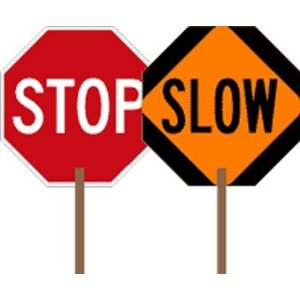One of the prices we have to pay for the privilege of moving at faster and faster speeds is the increased danger to which we expose ourselves and our children.
In the days of the horse-drawn carriage, it was far easier to see a vehicle and get out of the way before it actually arrived.
These days, the distance from a curb to the spot where we are standing take only a few seconds for a car traveling at a moderate speed to traverse. That’s why it’s important to educate our children on road safety.
Even if your kid can’t drive and isn’t strictly a motorist as yet, he will gain a lot from learning the basics of keeping himself safe on the road.
It’s not possible to watch our children like hawks every minute of the day, and elementary-age children are at the greatest risk.
They’re old enough to go to school and be picked up by the school bus, but they may not be aware of all the dangers they face on the road as yet. Such children should be taught the basics of traffic safety, particularly how to read road safety or parking signs.
Luckily, road safety signs come in pictorial formats, making them easy and even engaging to children. Their graphic nature can be attributed largely to the fact that it’s not possible to read much text while in a speeding car, but it is possible to take in a picture – which is worth the proverbial thousand words – at a glance.
Road safety signs also follow a basic structure or pattern that children will be able to pick up quite easily. For instance, signs in triangles or diamonds generally mean warnings. The picture inside the triangle will tell you what the warning is about.
Signs that have a ring with a bar falling across it are “no” signs or those that prohibit certain acts. Then of course, there are those that show people where they’re allowed to cross the street or tell them that a street is closed. Sometimes, signs combine pictures with words and letters.
This might be a problem if your child can’t read yet, but it stands to reason that in a practical sense, your child shouldn’t be out on the street with minimal supervision until he’s completed second grade at least. Learning road safety signs can be done earlier, however. And who knows? Their graphic nature, clear typefaces and brief instructions might even help him learn how to read.


